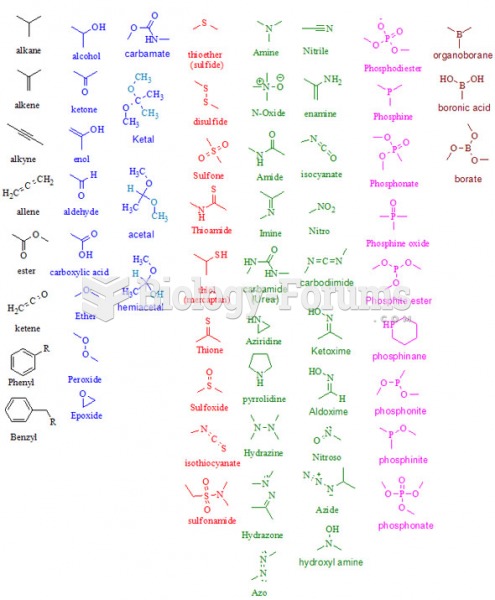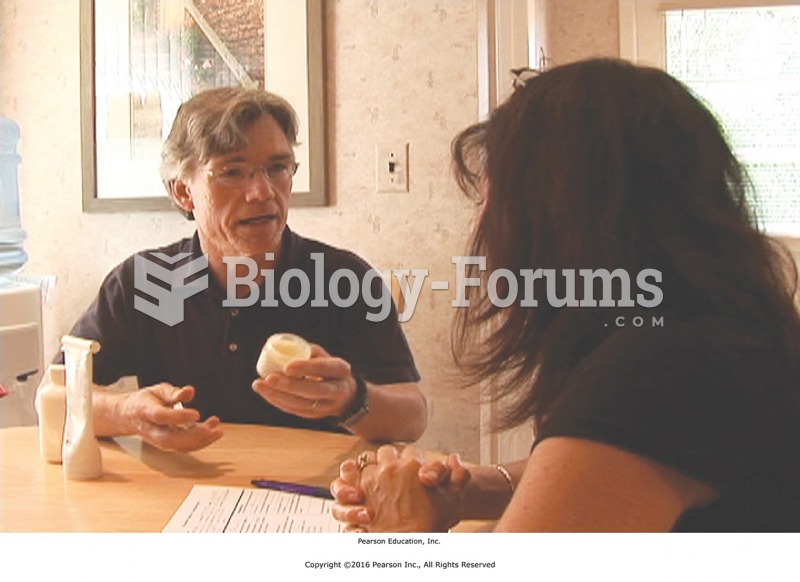|
|
|
Your heart beats over 36 million times a year.
Aspirin is the most widely used drug in the world. It has even been recognized as such by the Guinness Book of World Records.
About 100 new prescription or over-the-counter drugs come into the U.S. market every year.
When Gabriel Fahrenheit invented the first mercury thermometer, he called "zero degrees" the lowest temperature he was able to attain with a mixture of ice and salt. For the upper point of his scale, he used 96°, which he measured as normal human body temperature (we know it to be 98.6° today because of more accurate thermometers).
Many medications that are used to treat infertility are injected subcutaneously. This is easy to do using the anterior abdomen as the site of injection but avoiding the area directly around the belly button.







